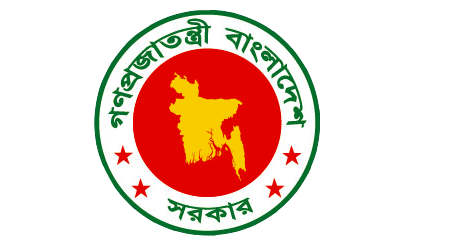Poverty alleviation and food and nutrition security remain one of the priority areas of development policies for the German government. Poverty exists when individuals or groups are not able to satisfy their basic needs adequately. Poverty consists of at least three dimensions: (i) the availability of essential resources for basic needs; (ii) financial and other means of poor individuals and groups; and (iii) the physical, intellectual, social, and cultural status and position of poor individuals and groups. Following this model, the severity of poverty is the collective gap between the availability of the essential resources (i) and the individual ability to meet basic needs (ii) + (iii). Basic needs are not covered if individuals or groups are not able to develop themselves physically, intellectually, and/or socially according to their genetic potentials. As a result, growth retardation of children (‘stunting’), who are biologically and socially the most vulnerable individuals of the society, is a valid cultural independent indicator for poverty. One form of poverty is food and nutrition insecurity. Food security is achieved if adequate food (quantity, quality, safety, socio-cultural acceptability) is available and accessible for and satisfactorily utilized by all individuals at all times to live a healthy and happy life. Food and nutrition programmes have four dimensions: (i) categorical; (ii) socio-organizational; (iii) managerial; and (iv) situation related dimensions. As shown in three examples of Indonesian–German programmes, despite the complexity of poverty and food and nutrition security, with adequate targeting of the most vulnerable population, adequate identification of problems for a proper selection of interventions and frequent evaluation, reduction of poverty and food insecurity can be achieved.



